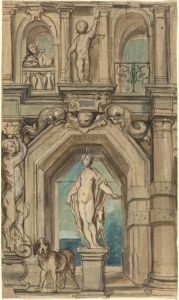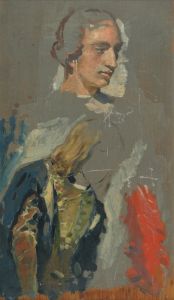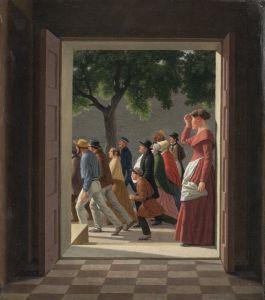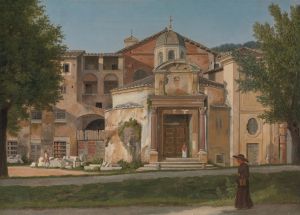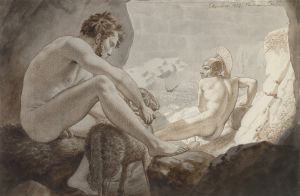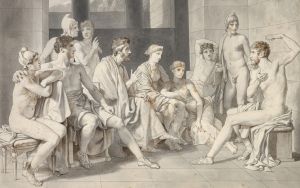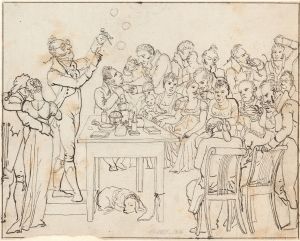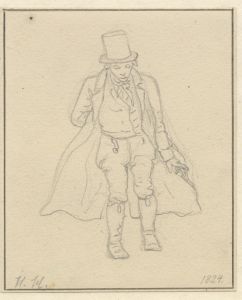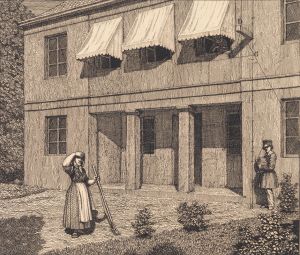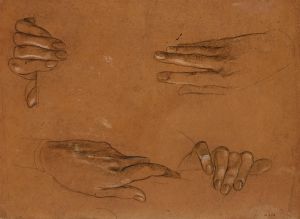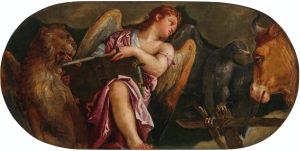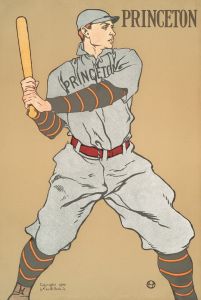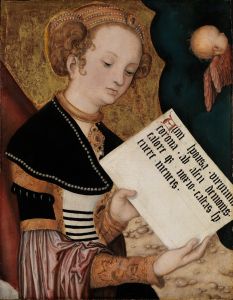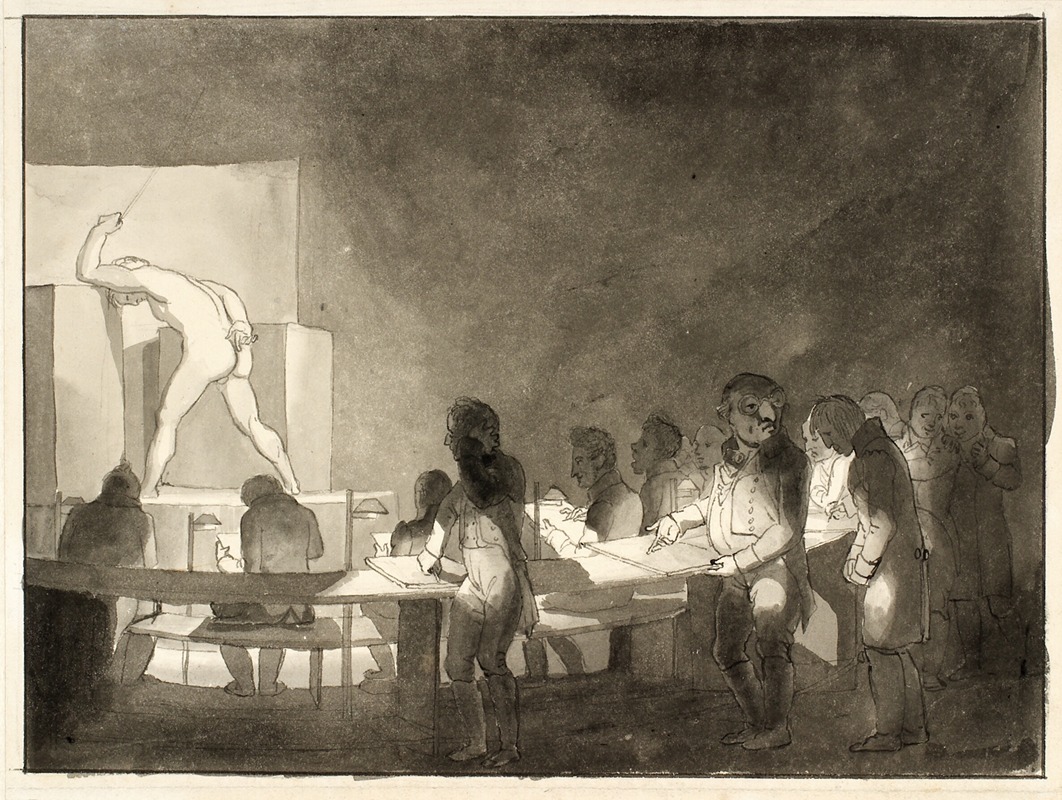
Satire over modelskolen på Kunstakademiet
A hand-painted replica of Christoffer Wilhelm Eckersberg’s masterpiece Satire over modelskolen på Kunstakademiet, meticulously crafted by professional artists to capture the true essence of the original. Each piece is created with museum-quality canvas and rare mineral pigments, carefully painted by experienced artists with delicate brushstrokes and rich, layered colors to perfectly recreate the texture of the original artwork. Unlike machine-printed reproductions, this hand-painted version brings the painting to life, infused with the artist’s emotions and skill in every stroke. Whether for personal collection or home decoration, it instantly elevates the artistic atmosphere of any space.
Christoffer Wilhelm Eckersberg, often referred to as the "father of Danish painting," was a prominent figure in the Danish Golden Age of art. His painting "Satire over modelskolen på Kunstakademiet" is a notable work that reflects his engagement with the Royal Danish Academy of Fine Arts, where he both studied and later taught.
Eckersberg was born in 1783 in Blåkrog, Denmark, and he pursued his artistic education at the Royal Danish Academy of Fine Arts in Copenhagen. He further honed his skills in Paris under the tutelage of Jacques-Louis David, a leading neoclassical painter, and later traveled to Rome, where he was influenced by the works of the Old Masters and the classical ruins. These experiences significantly shaped his artistic style, characterized by meticulous attention to detail, clarity, and a harmonious composition.
The painting "Satire over modelskolen på Kunstakademiet" is a satirical depiction of the model school at the Royal Danish Academy of Fine Arts. Although specific details about this particular painting are scarce, it is understood that Eckersberg used satire to comment on the practices and perhaps the perceived absurdities within the academic setting. Satire in art often serves as a vehicle for social commentary, using humor, irony, or exaggeration to critique its subject.
Eckersberg's involvement with the Academy was profound. After his studies, he became a professor there in 1818 and later served as the director from 1827 to 1829. His teaching methods and emphasis on life drawing and perspective were revolutionary at the time and left a lasting impact on Danish art. He encouraged his students to study from live models and to observe nature closely, which was a departure from the more rigid and idealized forms of academic art prevalent at the time.
The Royal Danish Academy of Fine Arts, founded in 1754, was an institution dedicated to the education and promotion of the visual arts in Denmark. It played a crucial role in the development of Danish art, particularly during the Golden Age, when artists like Eckersberg, Christen Købke, and Wilhelm Bendz emerged. The Academy's model school was an essential part of its curriculum, where students learned to draw from live models, a practice that was integral to their artistic training.
While "Satire over modelskolen på Kunstakademiet" specifically addresses the model school, it is also reflective of Eckersberg's broader engagement with the themes of education, artistic practice, and the role of the artist in society. His works often combined technical precision with a deep understanding of his subjects, whether they were portraits, landscapes, or historical scenes.
Eckersberg's legacy is evident in the generations of artists he influenced and the enduring appreciation for his contributions to Danish art. His paintings are celebrated for their clarity, composition, and the way they capture the essence of the Danish Golden Age. Although "Satire over modelskolen på Kunstakademiet" may not be as widely recognized as some of his other works, it remains an important piece in understanding his perspective on art education and the cultural milieu of his time.





